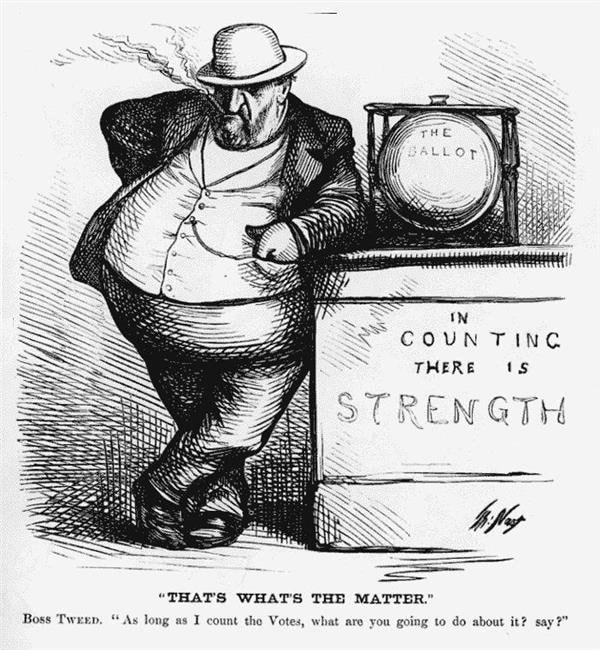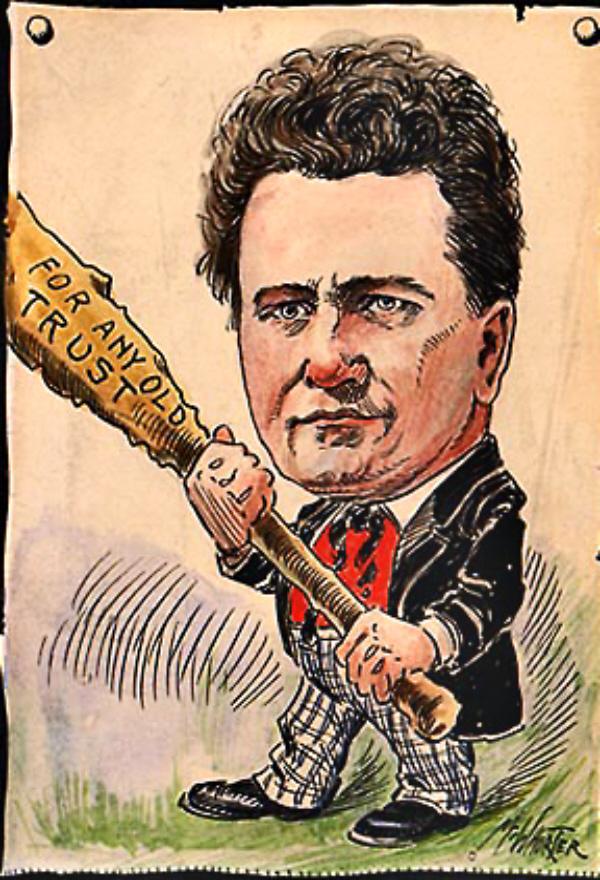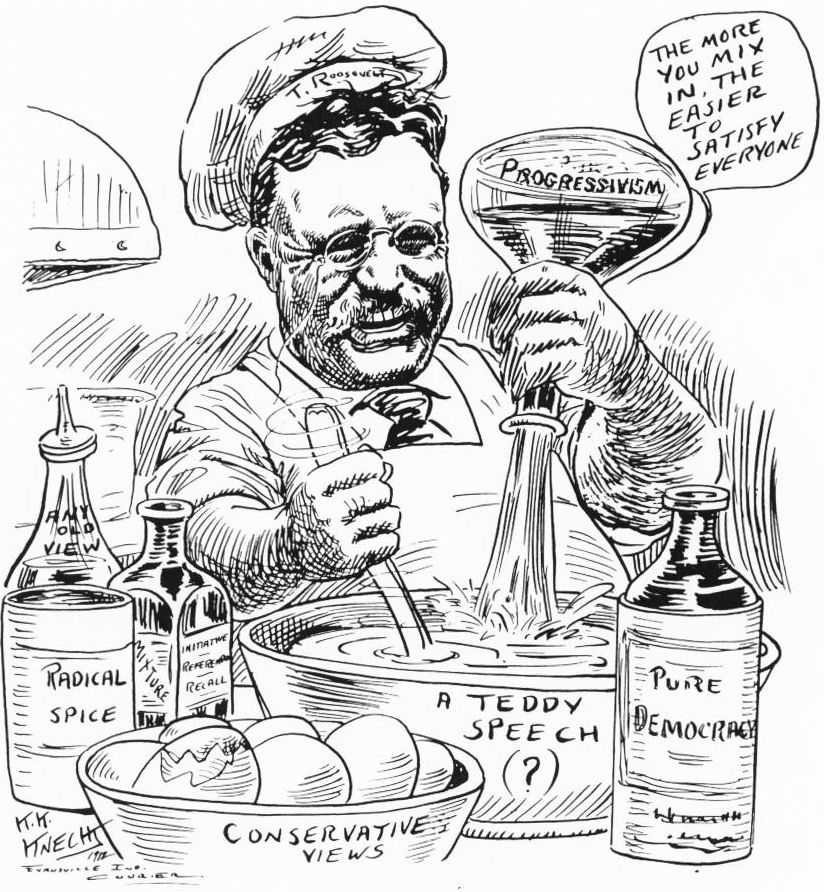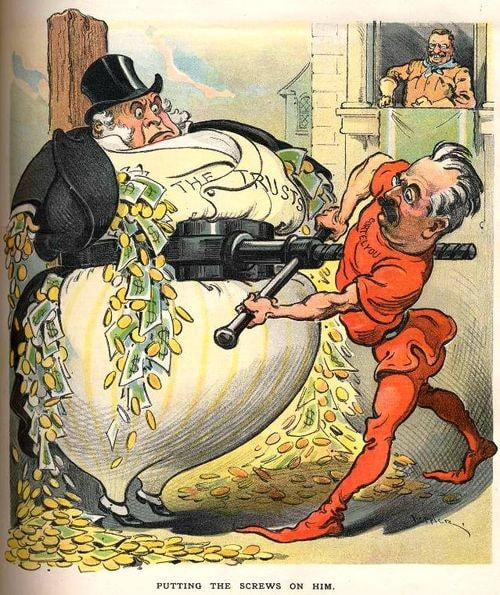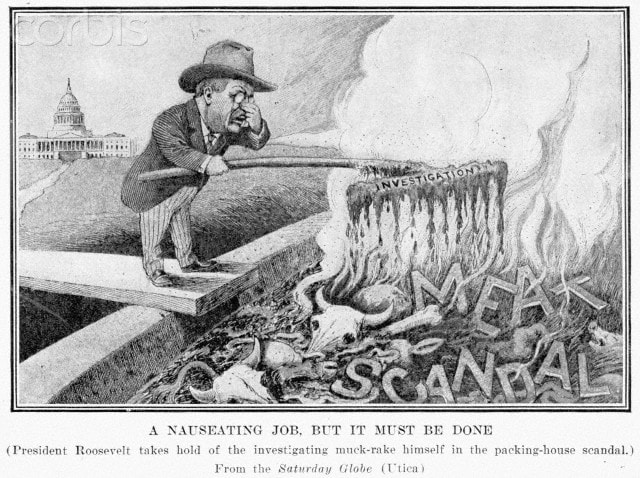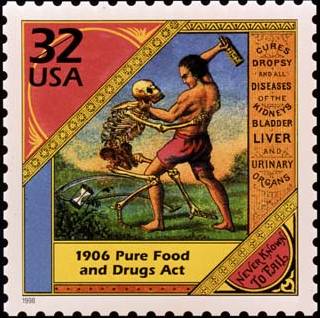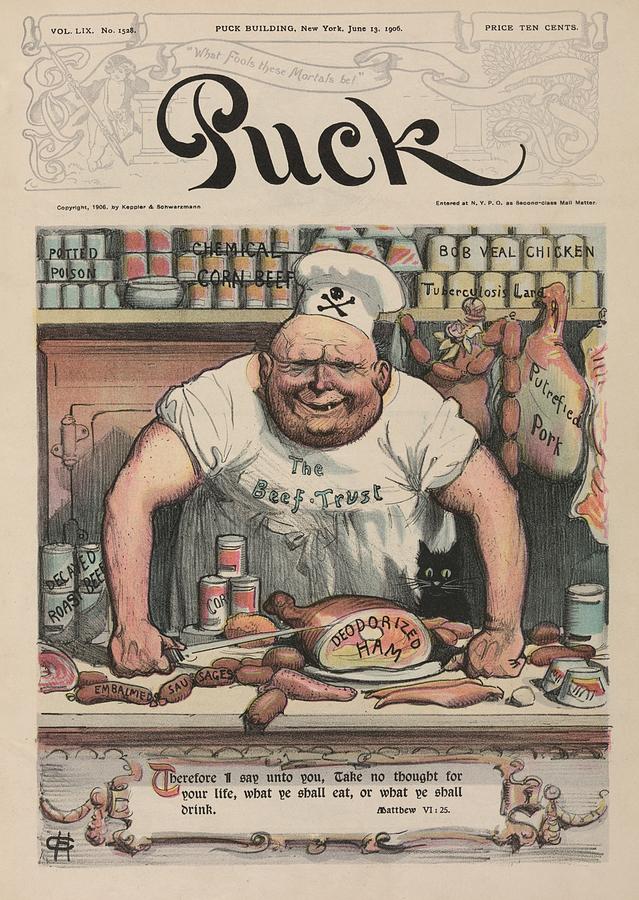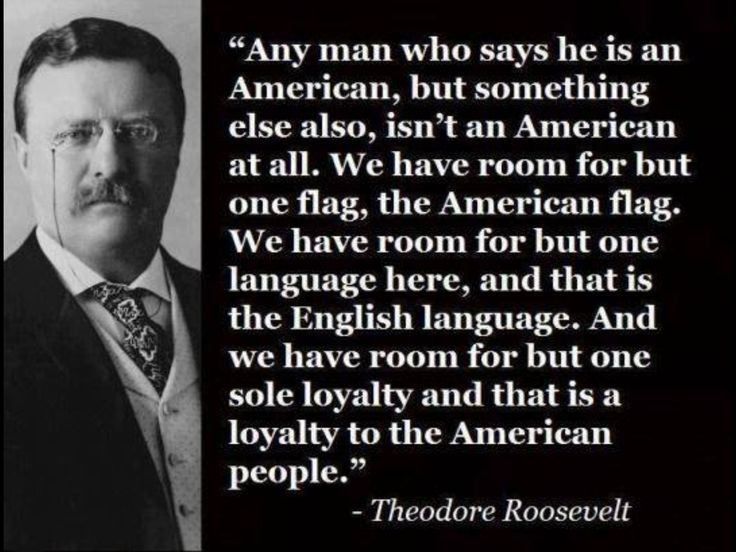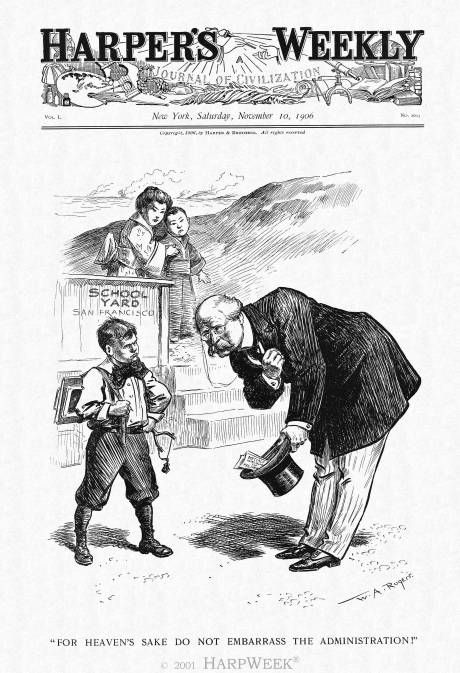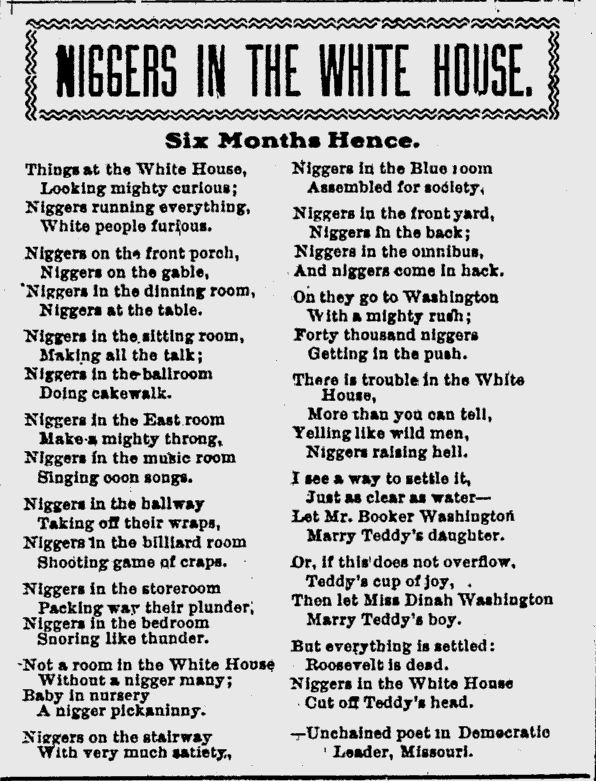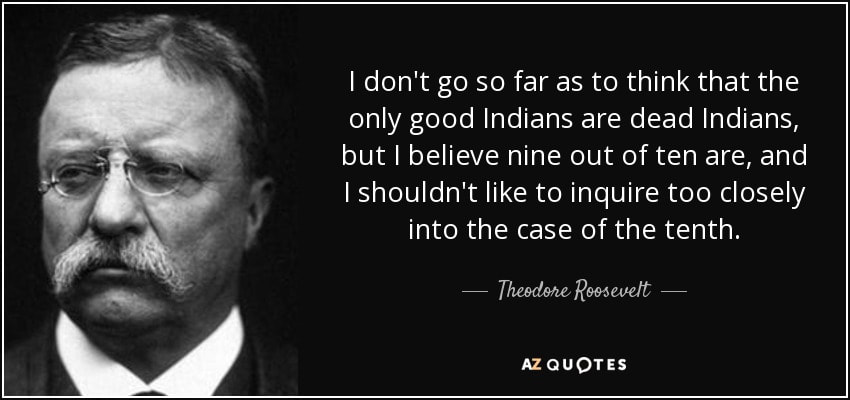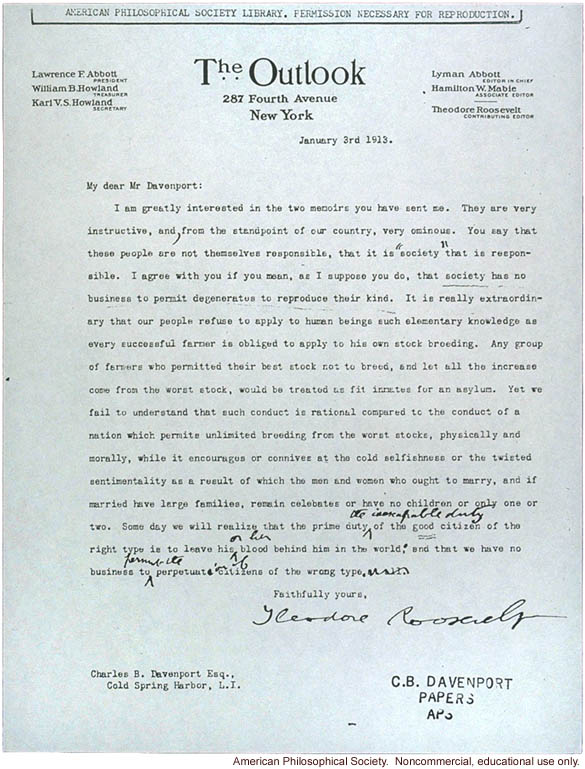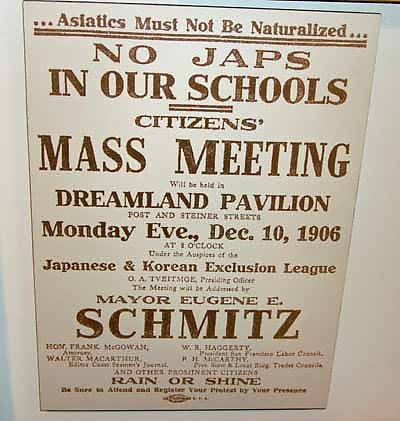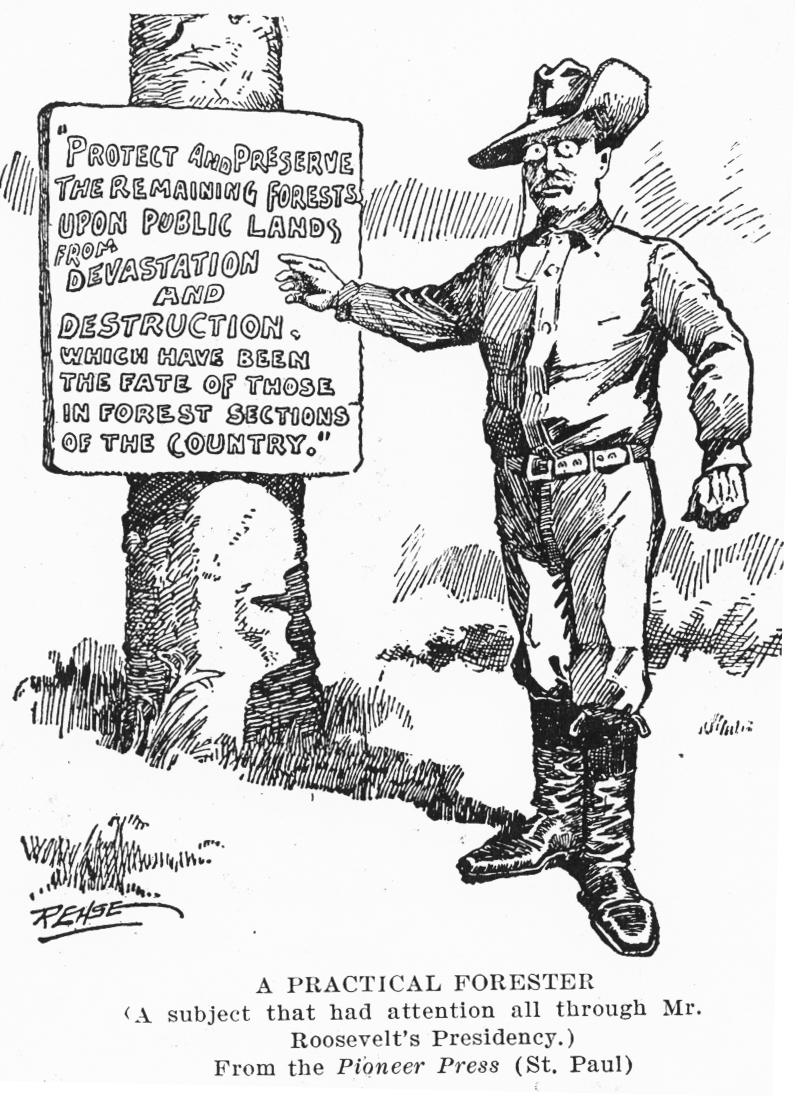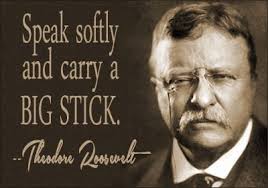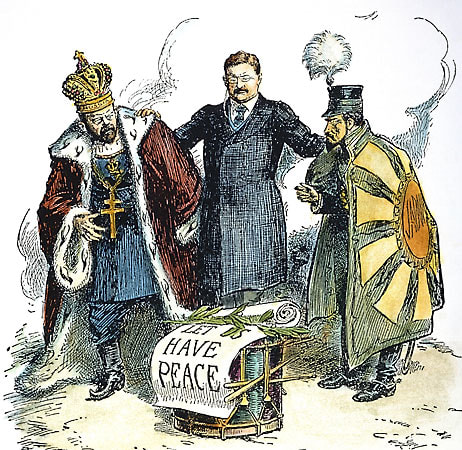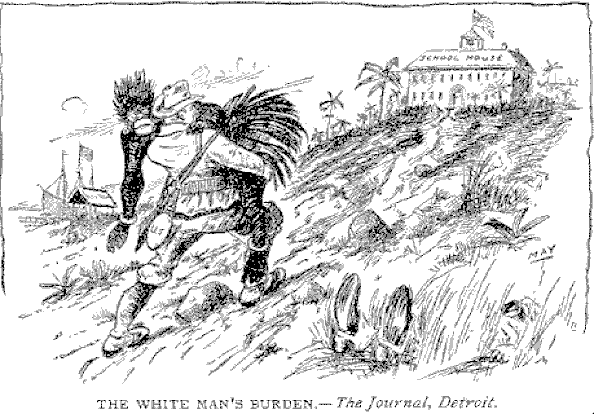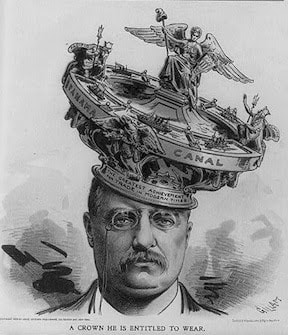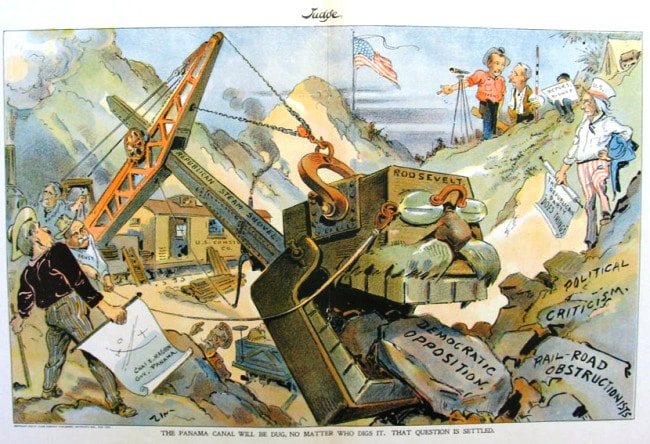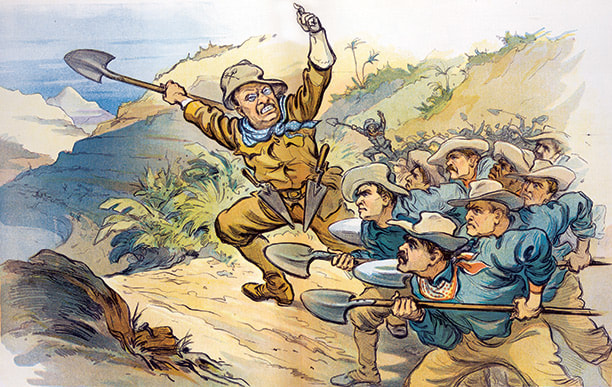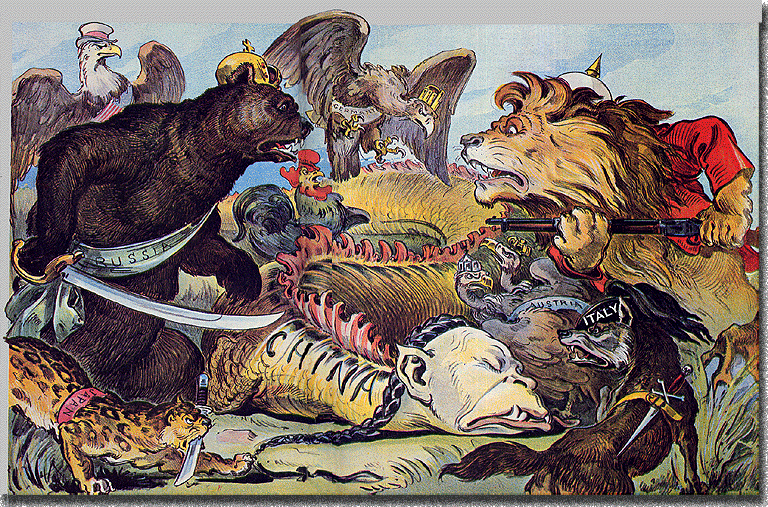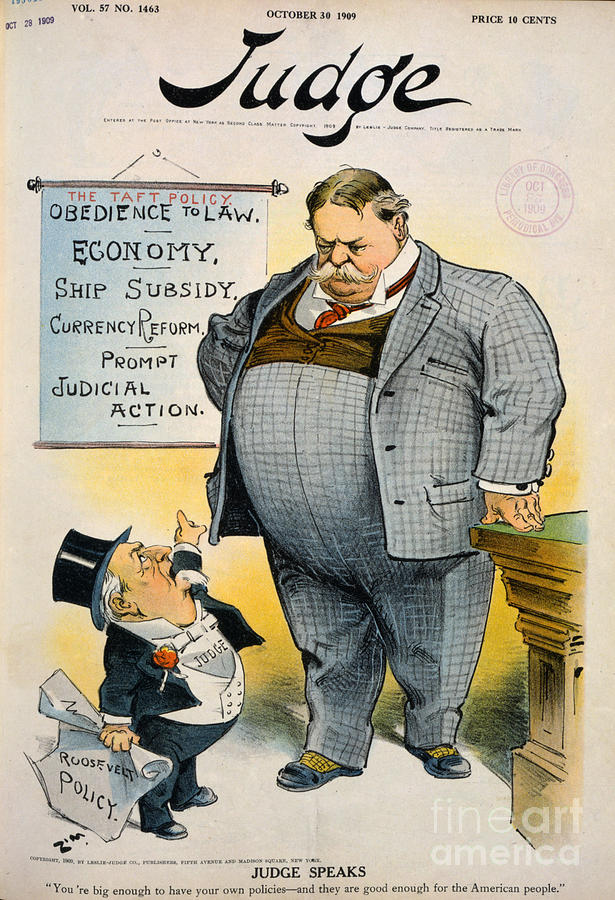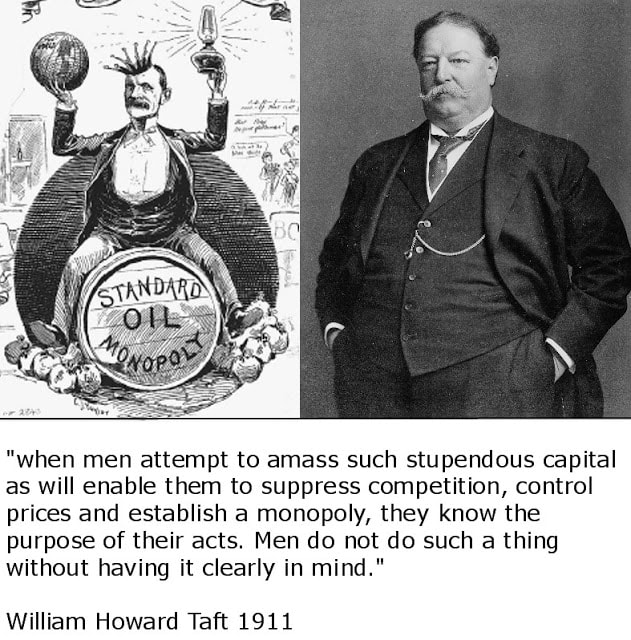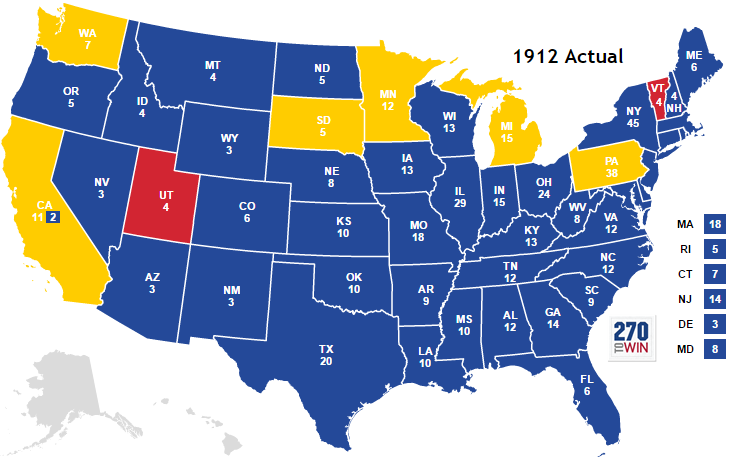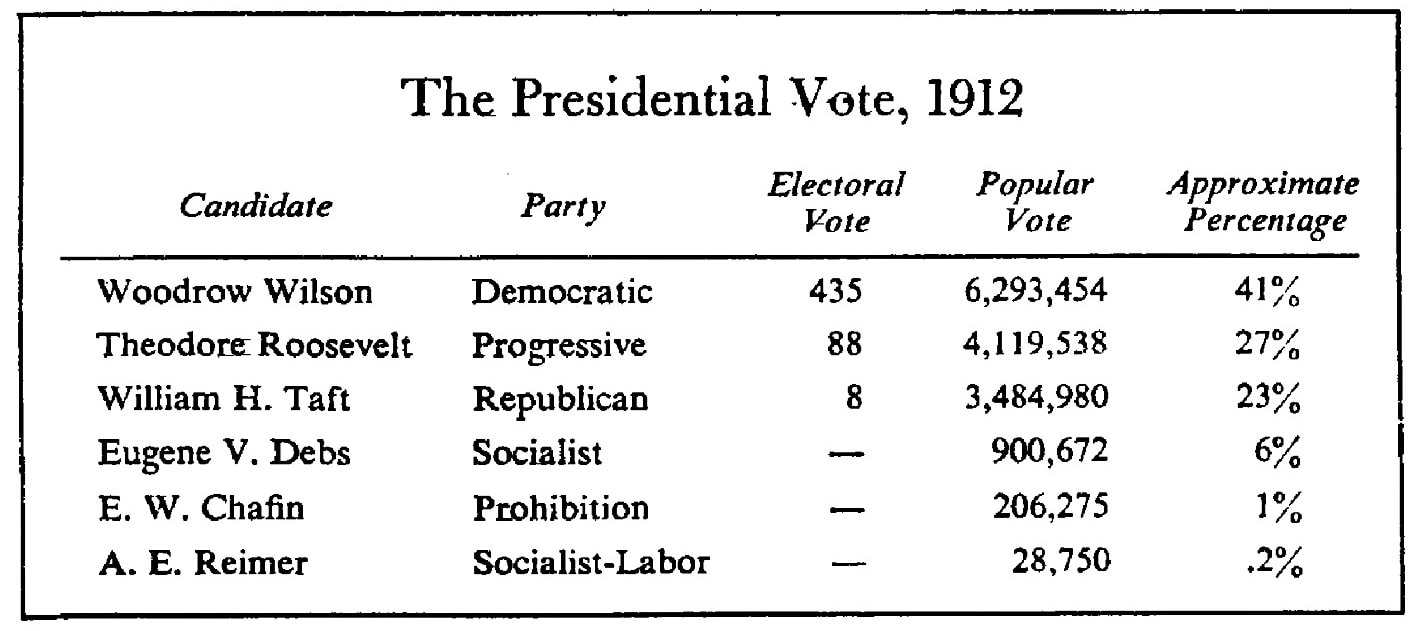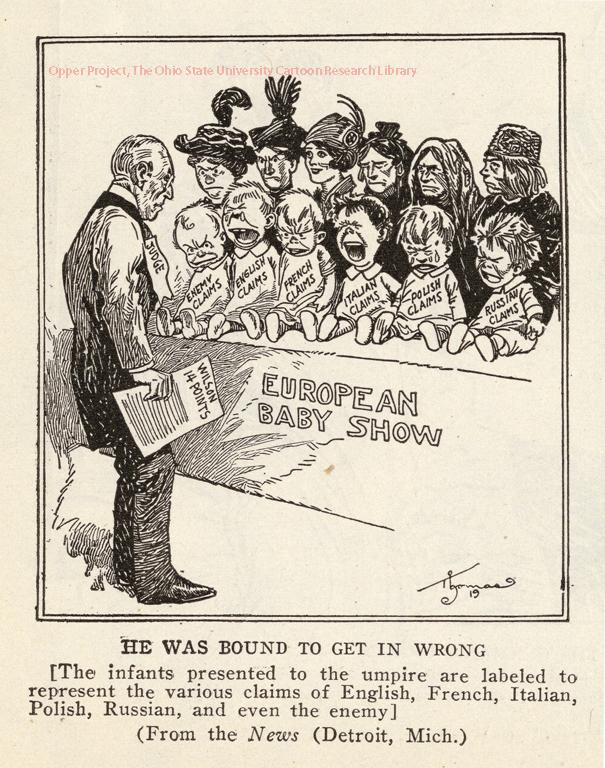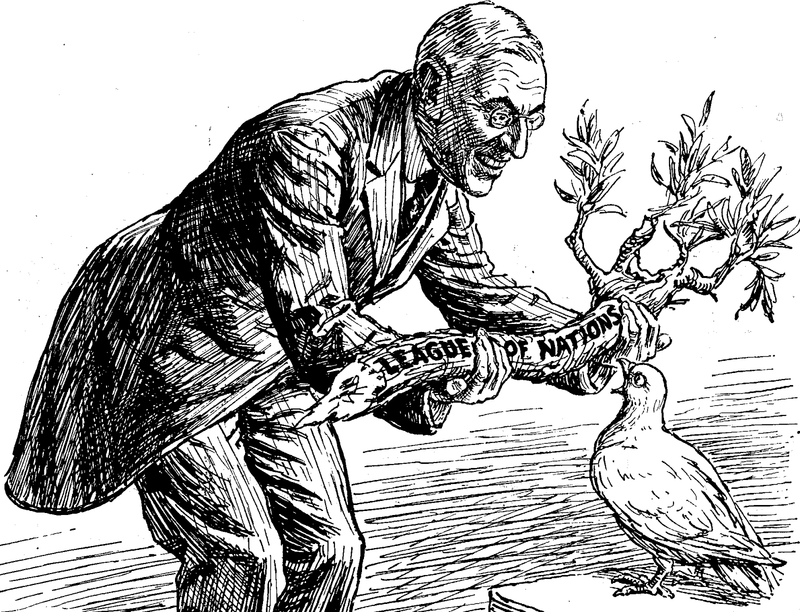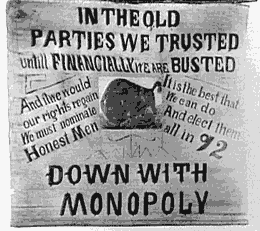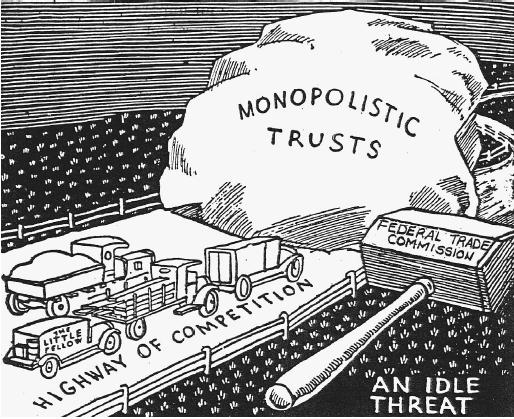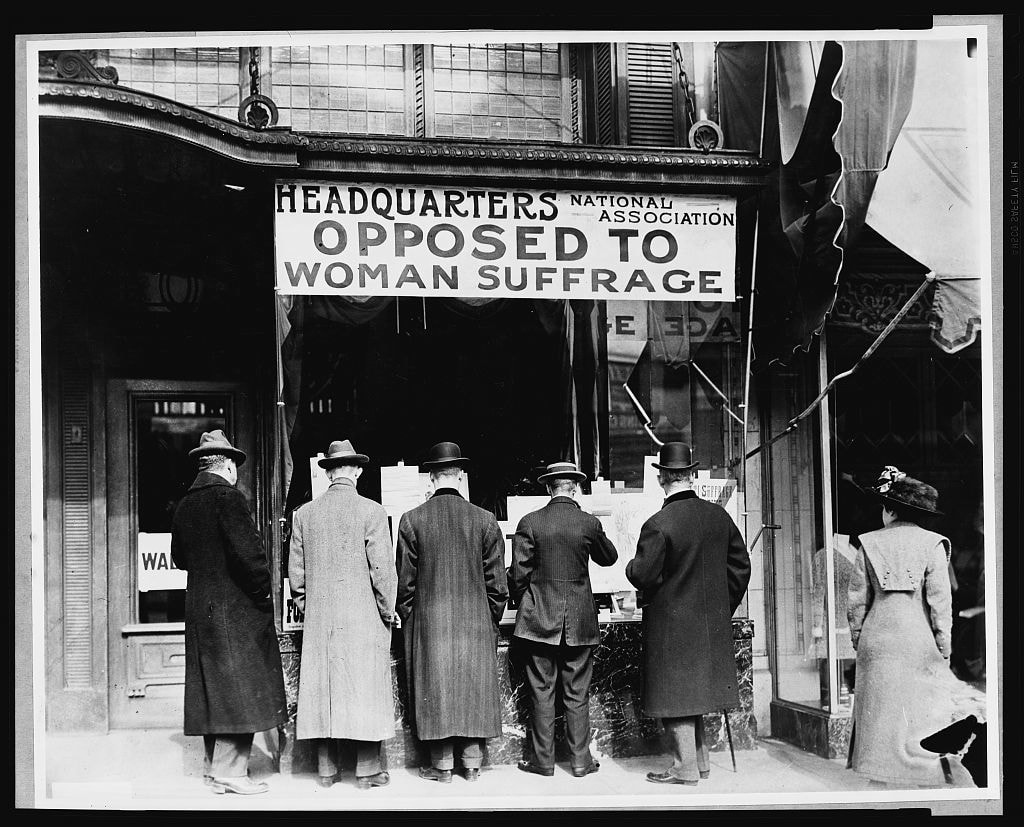Progressive Era Politics
Progressivism at City and State Levels
Your browser does not support viewing this document. Click here to download the document.
Reformers responded to the inordinate control that robber barons and corporations had on the US economy by enacting new protections for workers and new reforms. On the state level, regulatory boards were created to oversee business, reduce monopolies that restricted competition, and ensure the protection of employees. Laws were passed which established a minimum wage, established standard working day hours, and limited child labor. Many businesses, predictably, opposed laws restricting their control over the market and their workers. Some of these cases were tried in the Supreme Court.
Click on the link below and read and complete the interactive reform activity (3 pages) to learn about voting reforms.
|
Direct Primaries Voters vote directly to select candidates for state and local offices instead of party leaders selecting candidates.
Referendums Voters are able to vote directly on proposed legislation instead of leslators only.
Secret Ballots (Australian Ballot) In the early days of our nation's history, votes were conducted by men of property calling out yea or nay. Voter fraud and intimidation and political corruption compelled states to seek out other alternatives.
|
Initiatives Voters are able to propose legislation to the state instead of only government officials (legislatures) being able to propose bills
Recall Voters have the power to remove corrupt officials from office instead of this being the sole province of the court.
How we used to vote by Jill Lepore
The Vote That Failed by S.J. Ackerman Secret Ballot, Recall, and Direct Primary |
|
|
Robert M. La Follette and the Wisconsin Idea
Your browser does not support viewing this document. Click here to download the document.
|
Federal Politics
Theodore Roosevelt 26th (1901-1909)
Teddy Roosevelt rose to power after the assassination of William McKinley. At almost 43, he was the youngest president to be inaugurated, and he brought a vitality to the office that bespoke of his love of the outdoors and hunting. Roosevelt inherited a nation where political corruption was endemic and large trusts controlled the economic landscape. He believed that it was the president's duty to take decisive action to protect the interests of the people, and he saw the office of the president as a kind of "bully pulpit" allowing him to influence the media and direct legislation.
The Square Deal: Roosevelt's Domestic Policies
Anthracite Coal Strike of 1902
Your browser does not support viewing this document. Click here to download the document.
Roosevelt and Business Regulation
|
Your browser does not support viewing this document. Click here to download the document.
When the president encountered resistance in passing the Hepburn Act, he bypassed congress and used the media via a speaking tour to communicate directly with the American people. This additional pressure led to the passage of the Act.
|
Bank Panic of 1907
Your browser does not support viewing this document. Click here to download the document.
Roosevelt and Race
While Roosevelt's views on race may seem particularly repugnant to modern sensibilities, he was, in fact, representative of many white people of his era. He believed that American whites, particularly those of his own station, were superior to all others. By the standards of his day, he would probably be considered a moderate in issues related to race.
|
Your browser does not support viewing this document. Click here to download the document.
|
Roosevelt was a very black or white thinker. He had a pattern of categorizing things as either good or bad according to his own moral sense. Eugenics appealed to him.
|
Roosevelt and Conservation
|
|
|
Your browser does not support viewing this document. Click here to download the document.
Big Stick Diplomacy: Roosevelt's Foreign Policy
The Monroe Doctrine of 1823 established the U.S. position on foreign interference in the Western Hemisphere. Initially, the doctrine presented a sort of laissez faire policy in which the U.S. agreed not to meddle in the affairs of existing European colonies in Latin America so long as the parent countries did not attempt to colonize new areas.
Your browser does not support viewing this document. Click here to download the document.
Roosevelt reinterpreted and expanded the Monroe Doctrine.
Roosevelt saw the U.S. government as responsible for intervening in world affairs in order to protect our interests.
The White Man's Burden
The poem "The White Man's Burden" by Rudyard Kipling expresses the European viewpoint that legitimized the oppression of countries in Asia, Africa and Latin America. Simply put, the people in these nations were viewed as heathens who needed to be "rescued" from their inherent degradation. According to the poem, despite the irrational resistance of the native people, it was the white man's burden to lift the savages from their wretchedness by colonizing and controlling them. While Roosevelt did not think much of Kipling's writing ability, he agreed with the poem's sentiments.
Your browser does not support viewing this document. Click here to download the document.
TR's Big Stick diplomacy is perhaps most closely associated with the building of the Panama Canal.
US Imperialism
European nations in the 1800s exerted their power around the world by creating colonies, ostensibly, to increase trade. Their assumption of moral and cultural superiority led to a paternalistic attitude which further contributed to the control and degradation of the native people.
The United States became increasingly concerned about the influx of European powers into the Western Hemisphere. Europe established the model for becoming a world power which necessitated expansion though imperialism.
|
Your browser does not support viewing this document. Click here to download the document.
|

William Howard Taft 27th (1909-1913)
Taft had served as the Secretary of War under Roosevelt, and when Roosevelt ended his second term, he strongly suggested that Taft be nominated as the Republican candidate for president. Roosevelt expected Taft to follow his path, continue progressive reforms, and expand the influence of the office of the president. Instead, Taft diverged from Roosevelt's agenda, and this angered Roosevelt to such an extent that he decided to run against him as a third party candidate at the end of Taft's term.
Dollar Diplomacy: Taft's Foreign Policy
|
Taft Speech
Your browser does not support viewing this document. Click here to download the document.
|
Your browser does not support viewing this document. Click here to download the document.
Trust Busting and Tariffs: Taft's Domestic Policies
Taft's domestic policies diverged greatly from TR's and nowhere was this more evident than with the passage of the immensely unpopular Payne-Aldrich Tariff of 1909.
|
Your browser does not support viewing this document. Click here to download the document.
|
In spite of the fact that Roosevelt was known as the trust busting president, Taft's administration actually initiated far more anti-trust legislation than TR's. Taft believed that the best way to improve American society was to seek out judicial constraints.
|
Sherman Anti-Trust Act Review
"Taft's intent to provide more efficient administration for existing reform policies was perfectly suited for the prosecution of antitrust violations. More trust prosecutions (99, in all) occurred under Taft than under Roosevelt, who was known as the "Great Trust-Buster." The two most famous antitrust cases under the Taft Administration, Standard Oil Company of New Jersey and the American Tobacco Company, were actually begun during the Roosevelt years. He also won a lawsuit against the American Sugar Refining Company to break up the "sugar trust" that rigged prices. And when Taft moved to break up U.S. Steel, Roosevelt accused him of a lack of insight—unable to distinguish between "good" and "bad" trusts. By 1911, however, Taft began to back away from his antitrust efforts, stung by the criticism of his conservative business supporters and unsure about the long-range effect of trust-busting on the national economy. Most importantly, Taft had surrounded himself with conservative businessmen who shared his love for golf and recreation at fine resorts. His new business cronies isolated Taft from the progressive followers of Roosevelt who had supported his election." ~ Peri E. Arnold |
|
Crisis of Cronyism
The final nail in the coffin of the Taft/Roosevelt friendship involved Taft's mishandling of the Ballinger-Pinchot affair.
Your browser does not support viewing this document. Click here to download the document.
The Election of 1912
The election of 1912 was a circus for the Republicans. TR, feeling personally affronted by Taft, decided to compete with Taft for the Republican nomination. Despite the fact that Roosevelt seemed to have more party support than Taft, it was Taft who was chosen to be the Republican candidate for president. Roosevelt and his supporters formed a third party, "The Progressive Party," known also by the nickname, "The Bull Moose Party." In addition to battling each other, Roosevelt and Taft were pitted against the Democratic candidate, Woodrow Wilson, and the Socialist Candidate, Eugene Debs. Wilson won in a landslide.
Woodrow Wilson 28 (1913 to 1921)
The conflict between Roosevelt and Taft and the presence of both men on the ballot served to split the Republican vote. The consequence of this was that Woodrow Wilson was elected the 28th president of the United States. Wilson, called Tommy by his friends, was an ambitious, scholarly man with a deep interest in history, a subject he much preferred over his studies in jurisprudence. Wilson returned to his alma mater, Princeton, serving first as a professor and then as the president of the university. During his time as president, Wilson transformed the the college by creating a system similar to the one currently in place at most universities with departments, unbiased research, and a unified curriculum. Despite his accomplishments, Wilson's legacy is tarnished by his open racism and support of eugenics.
Your browser does not support viewing this document. Click here to download the document.
Wilson and WWI
|
|
Your browser does not support viewing this document. Click here to download the document.
|
Your browser does not support viewing this document. Click here to download the document.
Domestic Policies
Your browser does not support viewing this document. Click here to download the document.
16th Amendment
Your browser does not support viewing this document. Click here to download the document.
17th Amendment
|
Your browser does not support viewing this document. Click here to download the document.
|
|
Your browser does not support viewing this document. Click here to download the document.
|
18th Amendment
Your browser does not support viewing this document. Click here to download the document.
19th Amendment
Your browser does not support viewing this document. Click here to download the document.
